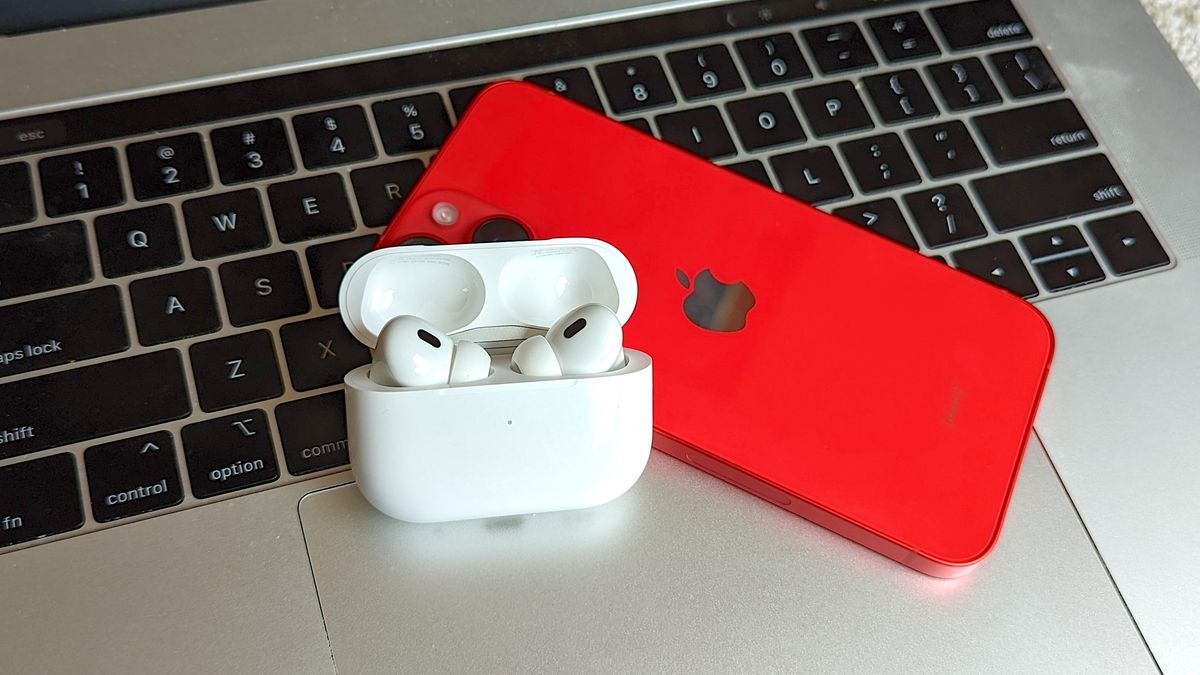
Today Google has outed the second Beta of Android 15. Alongside its release for Pixels, the Android 15 Beta is now reaching “handset, tablet, and foldable form factors” from partners including Honor, iQOO, Lenovo, Nothing, OnePlus, Oppo, Realme, Sharp, Tecno, vivo, and Xiaomi.
According to Google’s release timeline, the next beta should arrive in June, and a final one in July, after which it will be time for the final, public release. As before, if you want to install the Android 15 Beta on a supported Pixel, all you need to do is go to this website and enroll it. You’ll then receive the second beta as an over-the-air software update.
New in this beta is Private space, which lets you create a separate space where you can keep sensitive apps away from prying eyes – like you’ve been able to on multiple Android skins for years. Still, it’s good to see such functionality finally baked into Google’s Android as well.
Private space uses a separate user profile, and when it’s locked, the profile is paused, so the apps in it are no longer active. You can choose to use the device lock or a separate lock factor for Private space, and its apps show up in a separate container in the launcher. They’re also hidden from the recents view, notifications, settings, and from other apps when the Private space is locked.
User generated and downloaded media and files and accounts are separated between the Private space and the main space. You can use the system share sheet and the photo picker to give apps access to content across spaces, but only when the Private space is unlocked.
With Android 15, Google promises smoother transitions. Also new is the fact that apps won’t be able to run in an active, foreground state, for more than six hours, to prevent pointless battery draining. There’s a more efficient software decoder for AV1 too, that can be used when hardware decoding isn’t supported.
Apps can highlight only the most recently selected photos and videos when they’ve received partial access to media permissions, which can improve your experience with apps that frequently request access to photos and videos.
Additionally, there are changes that protect you from malicious background apps, as they are prevented from bringing other apps to the foreground, elevating their privileges, and “abusing user interaction”. This is done in order to protect from malicious apps that launch another app’s activity, then overlay themselves on top, creating the illusion of being the non-malicious app that they started.
Multitasking on large screens is improved by allowing you to pin the taskbar on screen to quickly switch between apps. You can also save your favorite split-screen app combinations for quick access, again, like you could on some third party skins for years. New changes should also ensure a smoother transition to Picture-in-Picture mode.
Widgets can give you a better preview of what they’ll look like before you add them, if the respective app developers want to, and Predictive back will show you where the action will take you, for apps that have properly implemented this feature.
You can also set rich vibrations for incoming notifications by channel, while Google’s Health Connect is adding support for two new data types: skin temperature and training plans.
Source






